Thankfully, cap and trade – aka the Warner-Lieberman “America's Climate Security Act of 2007” – suffered a quick death in the Senate this year. Cap and trade is an inferior, anti-growth, environmental policy that imposes significant costs on our economy and people’s lives. Cap and trade allows Congress to pass a huge tax increase while never formally voting to do so. The large tax increase will diminish our overall economic vitality and reduce everyone’s welfare.
Unfortunately, like a horror movie villain that keeps rising from the dead, the death of cap and trade is only temporary because cap and trade regulation offers a convenient solution for the political class. Like most political solutions the promise of all benefits and no costs is too good to be true.
While we are still in the shadow of “cap and trade’s death”, it is worthwhile to evaluate the 4 major fallacies proponents of cap and trade perpetuate in order to set the record straight.
Fallacy #1: Cap and Trade is a free market solution: If implemented, cap and trade would set an aggregate limit (a cap) to the amount of greenhouse gases (GHGs) industries could emit. If a holder of GHG emission rights emits GHGs below his allocation level, he could sell some of his rights to someone who is above his emission limit. The trading of emission credits serves as the basis that the regulation is a free market solution.
Cap and trade regulations are not a free market solution – it is just the opposite. Cap and trade gives the government the right to determine the total amount of GHGs emitted by the U.S economy. Over 86% of our current energy needs are provided by GHG emitting sources; and, our reliance on these sources (e.g. oil and coal) will continue for the foreseeable future.
Giving the government the power to set total GHG emissions is giving the government the power to determine the economy’s use of energy. Since energy use is central to our entire free market economy cap and trade takes a central aspect of our free market economy and brings it under direct control of the government.
Recommended
Fallacy #2: Cap and Trade provides incentives for alternative energy technologies: The incentives to create alternative energy technologies exist with or without cap and trade regulation. These incentives vary from the economic (profit) to the non-economic (values). Cap and trade does not change the incentives. But, it can distort the process, and due to the law of unintended consequences, may even make the situation worse.
Take the ethanol case study. Whether it was for reasons of national security or global warming, the federal government decided to encourage ethanol production. The result has been disastrous. Ethanol’s benefit to the environment is now questionable, and the huge diversion of crops from “foods to fuels” is exacerbating a serious international food crisis. Proponents did not consider such effects when deciding to promote ethanol. Lack of foresight does not stop the law of unintended consequences, however.
Fallacy #3: Cap and Trade provides resources to invest in alternative energy technologies: In order to implement a cap and trade regulation, the rights to emit GHGs must be distributed. These rights can be given away for free by the government, in which the beneficiaries receive a very valuable gift from the government. Or, the rights can be sold to the GHG emitters, typically through auction. If the government auctions the right to emit GHG emissions, the public sector will receive a huge windfall of revenues estimated in the trillions of dollars. Plans to spend this money abound. Investing in alternative energy technologies is one of the oft-cited uses for the new found spending power.
Once again, the facts tell a different story. The ethanol disaster is not unique: history is replete with failed technology predictions. Hobbling the private sector by transferring a substantial amount of resources to the public sector will not foster technological innovation. Instead, it empowers the government to choose which prospective alternative energy technologies should be supported. We are then betting our energy future on the wisdom and knowledge of the energy scientists on Capitol Hill.
Global warming should not be used as an excuse to increase the size of government. The most assured means to obtain effective alternative energy technologies is to allow the private sector to continually experiment (and often fail) with different ideas.
Fallacy #4: Cap and Trade Regulation will generate economic growth: The final fallacy is, perhaps, attracting the most attention. Proponents claim, due to fallacies 1 – 3, that cap and trade will instantaneously create thousands of new green jobs. Our economy will flourish as we invent ourselves out of the current energy dilemma. The belief that we can impose a mandate on our economy to use less energy and, somehow, that economic growth will accelerate as a result is a fantasy, pure and simple.
Capitalism is a process of creative destruction – Henry Ford put some small automobile manufacturers out of business while he was revolutionizing the automobile industry and creating millions of new jobs on net. Unlike Henry Ford, cap and trade does not create anything. The incentives to create the alternative technologies already exist – as do investors who will willingly risk their money if they believe the project is viable. What cap and trade adds is a prohibition to use our current energy resources while these new technologies are being tested. Such a restriction is not growth enhancing.
As debunking the fallacies indicate, cap and trade regulation is bad public policy. For those interested in addressing global warming fears, there are more efficient means to do so that will also safeguard the economy. As for cap and trade, let’s hope it meets the same fate next year when it returns once again.

















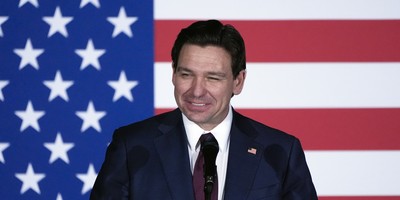

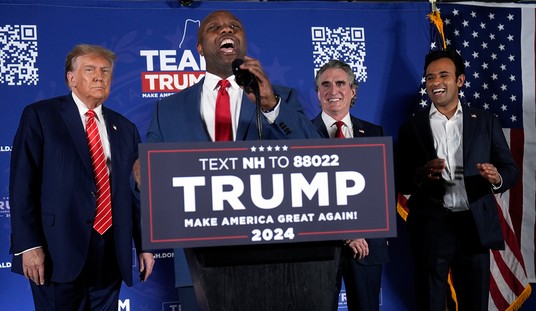
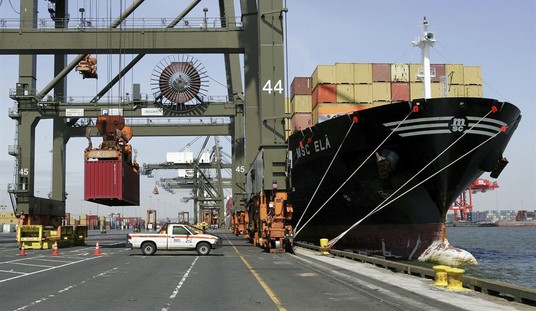

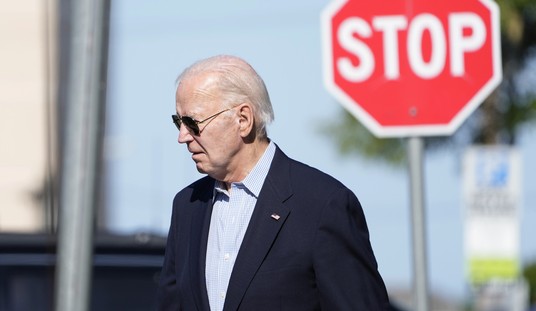
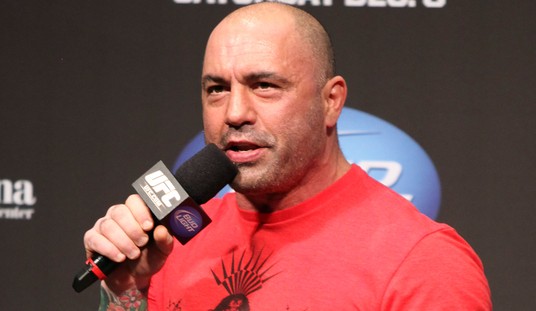

Join the conversation as a VIP Member